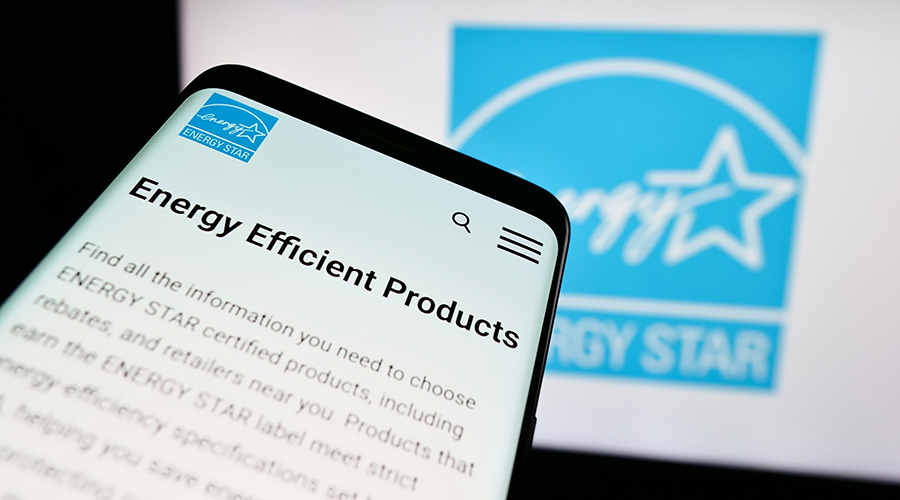Performance Testing Helps Ensure Air-Tight, Water-Tight Construction
Performance testing enables the project team to identify problematic details, develop solutions, and establish a basis for air-tight and water-tight construction.
Testing the performance of a building's envelope needs only a mock-up or an as-built wall section and a water hose. The sides of the wall section are joined and water is hosed into the top of the wall and onto the surface directly at connection points. This determines where water will penetrate, as well as whether it channels the way it was designed.
For example, the new Business, Engineering, Science and Technology (BEST) Building at the University of Kansas' KU Edwards Campus in Overland Park, KS, is designed with several curtainwall systems that play an integral role in contributing to a building's high performance. While curtainwall systems help level cooling loads, optimize thermal comfort, and reduce glare, they also have many points at which seams connect.
When the project team tested an as-built section of the wall, water seeped through to the other side, and a water dam formed in the horizontal members. Discussions with the manufacturer revealed that, as the system was manufactured to be watertight, weep holes at the bottom of the wall weren't necessary.
The solution was to modify the sill details as the system was erected — by drilling weep holes at the bottom, thereby creating a channel to the vertical members so that water would drain down to the weep holes and out. With the modifications complete, those sections functioned correctly.
During construction, it is vital to the envelope commissioning process to perform on-site visual inspections of the building envelope's work-in-progress beyond reviewing compliance to the construction documents.
In addition to water and air, a well-trained eye will look for thermal breaches that may not have been identified during construction documents review, looking beyond what can be seen with the naked eye to discover where the energy will escape.
Related Topics:














